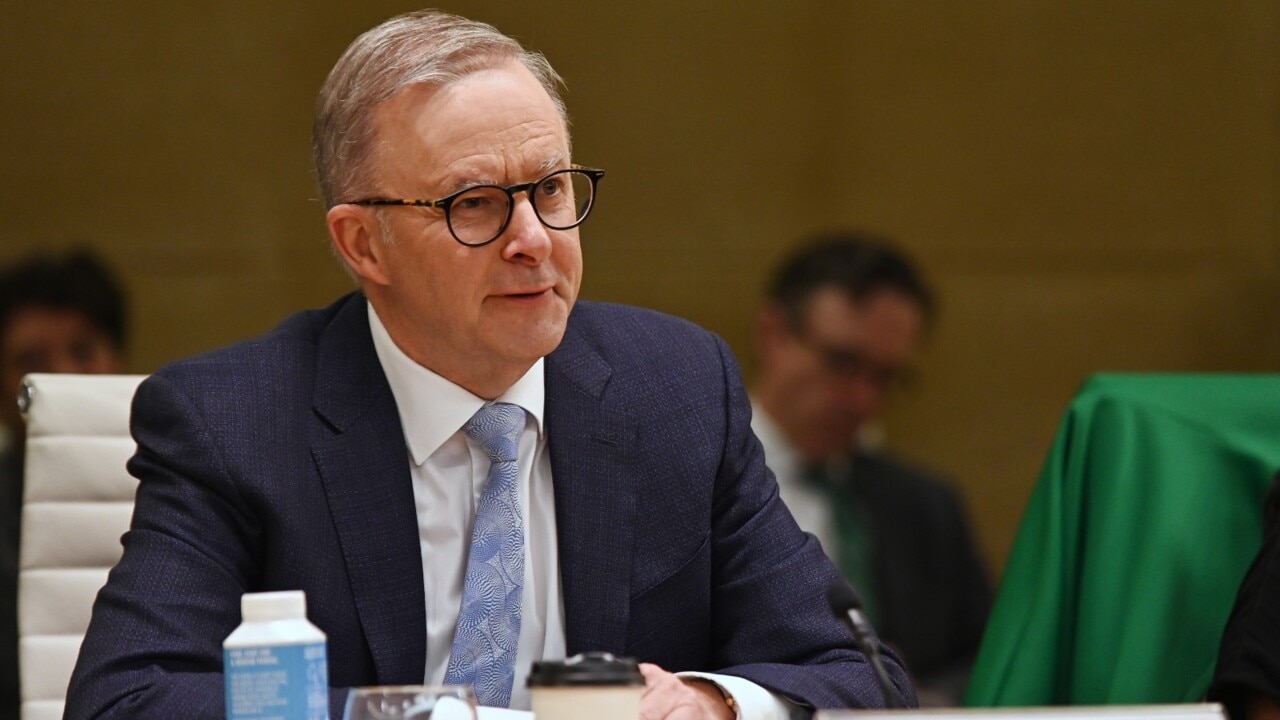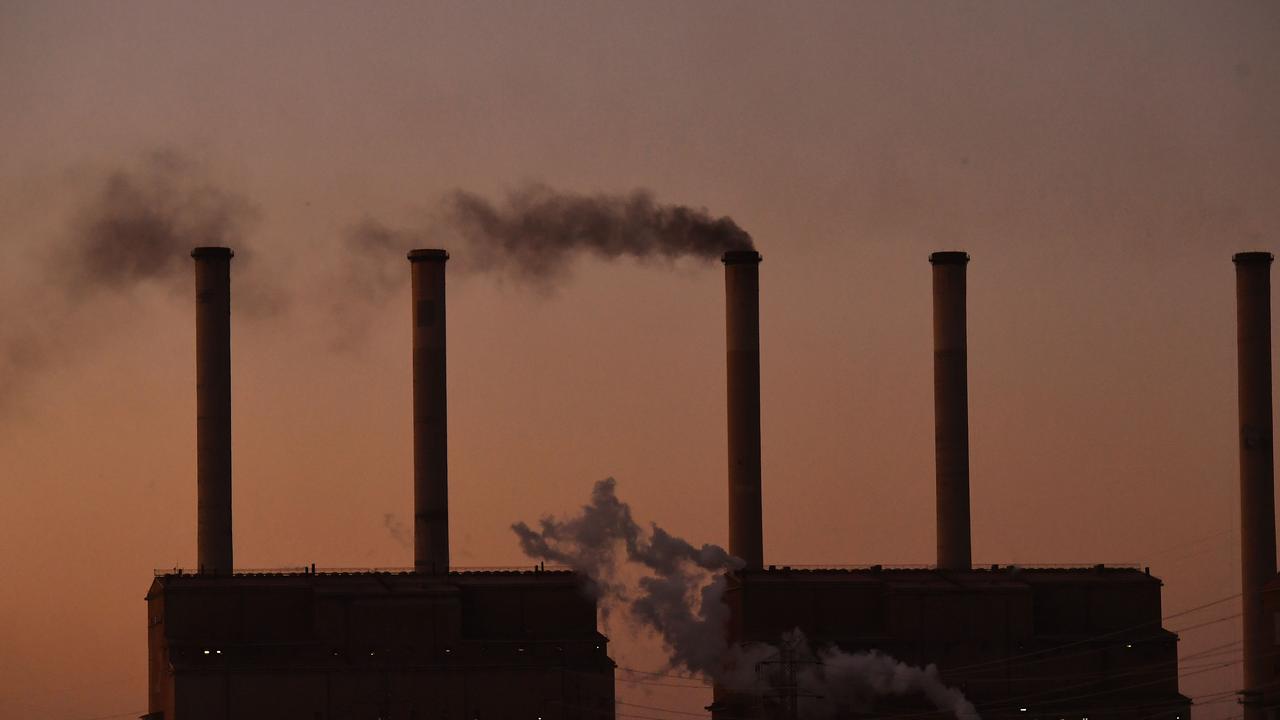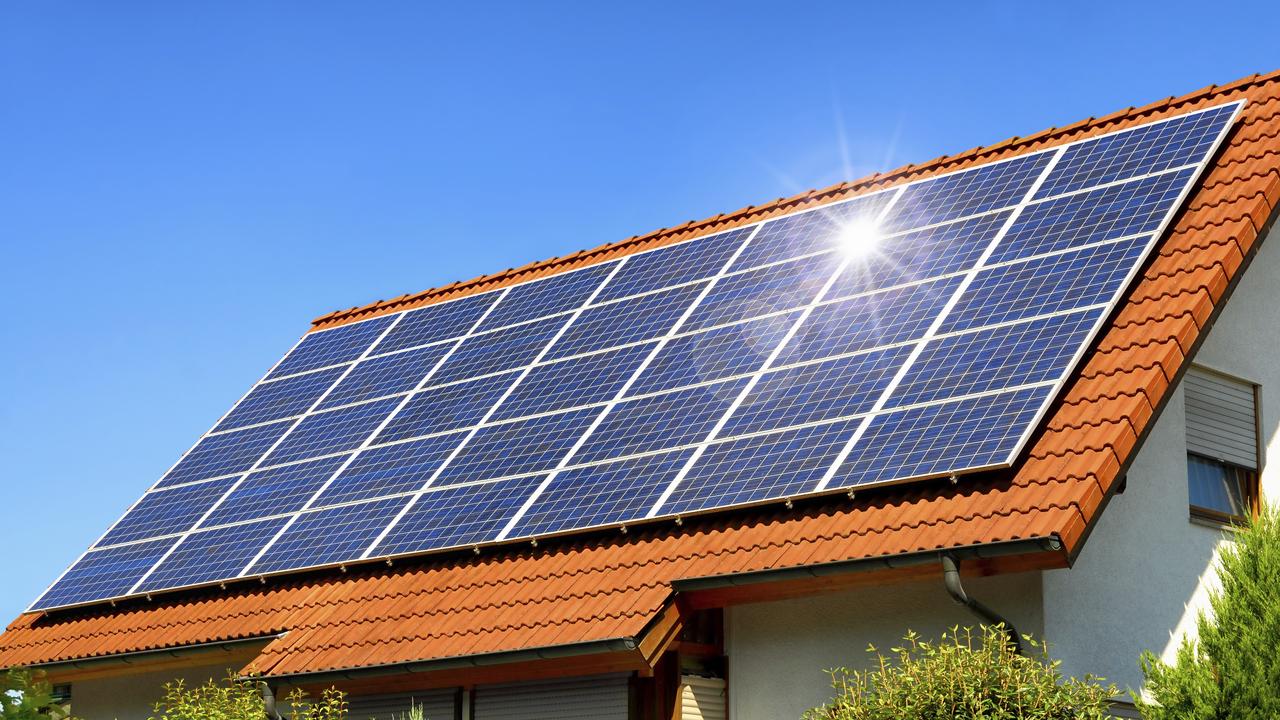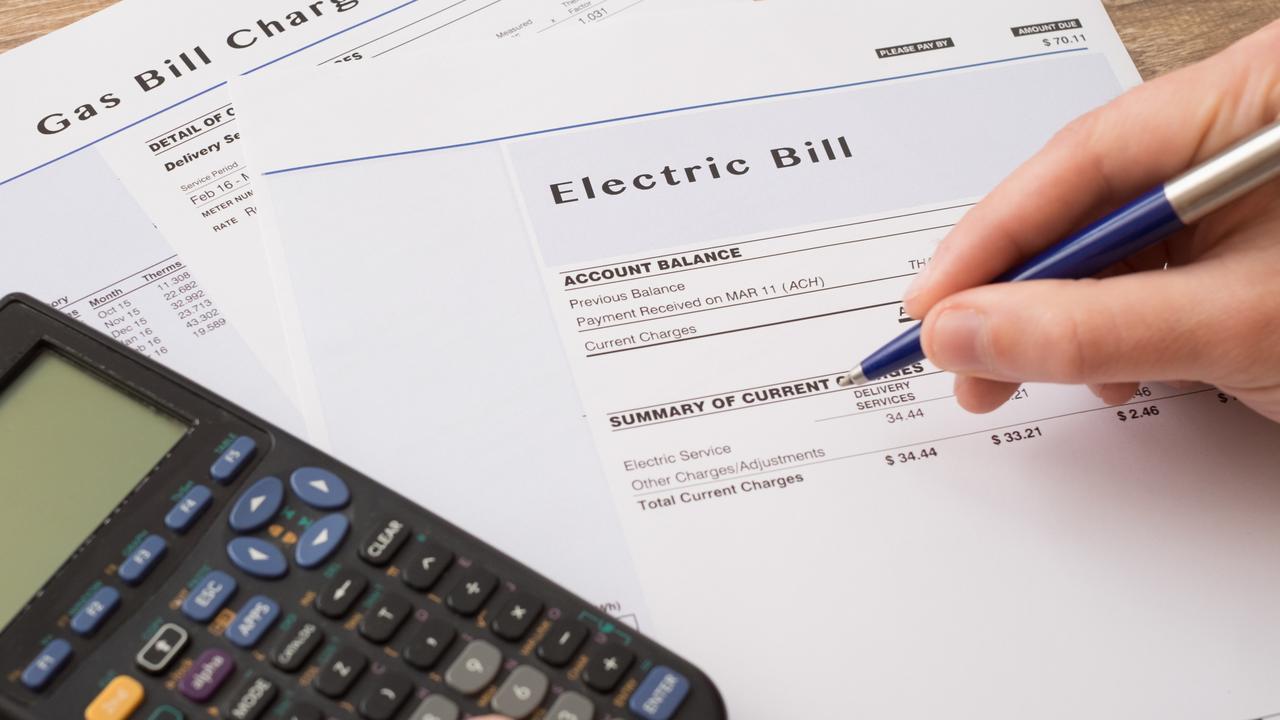Australia’s energy sector is changing, should your home change too?
Environmental experts say ditching gas is the new way to save both the earth and you bills. But if you don’t have solar, you’ll be losing big.

Amid a fuel and energy crisis and rising interest and inflation rates, trying to navigate your household energy bills can be daunting.
And as Australia remains on track to generating half the country’s electricity through renewable resources, environmental experts will tell you that the best move is to switch to gas-free lifestyle.
However, a combination of pandemic chaos, international disruptions to fuel supplies like the war in Ukraine and the fast-tracked closures of Australia’s coal power-plants has seen household energy bills sky rocket along with other cost of living pressures.
So while the future of environmentally-friendly living is becoming more tangible and Australians cop the immediate impacts of the energy crisis, senior money editor at Finder Sarah Megginson, says that switching to electricity isn’t a “one size fits all” answer.
In fact for many homeowners, the answer may lie in conservative budgeting practices and re-evaluating your energy provider.
Can you actually save by switching?
If you have solar panels – yes. If you don’t – definitely not in the short term.
But that doesn’t mean you never will.

It also depends on whether you’re looking to retrofit your existing home or looking to decide on which way to go when building your new home.
Now more than ever, the push to invest in renewable energy is strong with solar panel rebates and “green banking” financing options that make it easier than ever to build a green home.
But factors such as the cost of setting up solar panels, retrofitting electric appliances and even lifestyle choices like preferring to cook with gas all influence the immediate cost-effectiveness of the switch.
And while installing solar panels may be cheaper than when they rolled out 20 years ago, at up to $6000 per panel, it’s still a hefty amount to fork out in one go.

However, more banks are offering “green banking” options, including discounted home loans for those looking to put solar panels on their new home which can help both homeowners and home builders save thousands on their mortgage.
“CommBank is a bit of a leader in this space, so they offer a rate discount in a few different ways,” Ms Megginson said.
“So if you want to do something like add solar panels, they’ll let you borrow the money you need for that.”
And to really reap the cost saving benefits, home builders should look to build their homes with energy-efficient electric appliances like ovens and heaters.
Finder’s senior energy writer Mariam Gabaji found that the cost of setting up a gas connection was more expensive than going electric and will cost you anywhere between $1,200 and $5000 or more.
And according to data analysed by Renew, a 200-square-metre detached home built with solar panels, efficient appliances and no gas connections would save $1859.75 a year on energy bills compared to their gas-connected, no solar energy efficient counterparts.
But while going electric might be cheaper to install, the cost to run your house on electricity alone in NSW is almost double the cost of running it on gas.
But for homeowners purchasing pre-existing homes, you may not always have the option – or the budget – to add solar panels or retrofit your home to cash in on those “green banking” discounts.
Not all sunshine and rainbows for homeowners
Even if you have solar panels, the time and cost to retrofit your home with electric appliances like ovens and heaters are added expenses on top of repaying a mortgage.

And for those whose homes aren’t suitable for solar panel installation, the cost to run your home on electricity alone doesn’t have the added benefit of being subsidised.
Ms Megginson also explained that in the current inflationary environment – without solar panels – the reality is many can’t afford to go electric at the moment.
“It’s a very difficult time at the moment, literally everything is going up – from petrol, energy to groceries … and I don’t think anyone can avoid it,” Ms Megginson said.
“Our research shows that people are spending huge amounts of money on their bills and that energy bill stress in particular has become a really big problem for people.”

Finder’s latest Consumer Sentiment Tracker found that 28 per cent of Australians – equivalent to 5.4 million people – said their energy bill was in their top three most stressful expenses.
But it’s not all bad news for homeowners looking to save on their energy bills, especially as the current hikes in prices come after a relatively long period of low energy costs.
“On the positive side, we have had historically low energy bills for quite a while up until the end of last year … some parts of the country were actually the cheapest they had been in a number of years,” Ms Megginson said.
“So in terms of actually being able to save your money or to keep energy expenses on the low side – the big thing is to make sure you’re engaging with your budget.
“That means making sure you put together budget, work out exactly what your life costs are and how much you’re spending and look for opportunities to save.”
And threatening your current energy provider to give you more competitive deals might be the best way to do it.
“It might be that the deal you’re currently on might have been a good deal when you signed up two years or three years or five years ago, but it’s now no longer competitive,” she added.
“So contact your existing energy provider to see if you can get a better deal – it sucks but sometimes threatening to leave can actually get you a better deal.”
Australia’s changing energy market
Prime Minister Anthony Albanese has vowed to turn Australia into a renewable energy “superpower”.

After announcing that the country will look to reach 43 per cent emission reduction by 2030 and generate 82 per cent of the country’s energy market from renewable resources, the question is, how will this impact your household bills?
As Australia looks to move towards a renewable energy sustained future, investing in either building your home with renewables in mind or slowly investing in retrofitting your current home seems to be the best way to transition into a renewable energy market at a cheaper cost.
With the Australian government looking to fast track cheap renewables into the market and invest in compatible infrastructure Ms Megginson said making the switch now is all about reaping the benefits in the future.
“The thing with renewable energy is that we know that it’s not only better for the environment, but it’s the most cost effective form of energy and energy generation,” she said.
“One of the reasons why it’s been it’s so expensive to transition into it is because of all the infrastructure that comes with it … as an industry, (the energy sector) are making huge investments now that are going to pay off down the track.”
“So we would hope to see that the impact on energy bills for everyday households is that they would start to come down because renewable energy is a cheaper source of energy to produce.”
According to a new report by the Australian Academy of Technological Sciences and Engineering (AATSE) renewable energy was “tracking towards” generating 50 per cent of Australia’s energy by 2025, with the rate rising to 69 per cent by 2030, an even reaching 100 per cent at periods of times by 2050.
“Australia is in the throes of an energy crisis, with electricity generation prices around 115 per cent above the previous highest average wholesale price ever recorded,” the report said.
More Coverage
“Meanwhile all states are achieving record highs for renewables powering our electricity system.
“It is critical to determine how these technologies will work harmoniously to decarbonise energy systems, provide new economic opportunities, and meet the needs of Australian industries, communities, and people.”
However, the hopeful predictions completely depend on immediate investment into renewable energy infrastructure including back up generator services like pumped hydro and batteries, with gas produced electricity maintained as a safety net.





